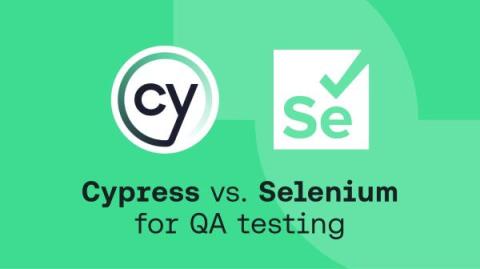The Unheralded Success of the Selenium Project featuring Jason Huggins
Ever wondered what it's like to have a virtual robot in your toolkit, a trojan horse in your test scripts, or a lil' rockstar named Selenium? Welcome to the world of test automation, as unfolded by none other than Jason Huggins. In this part 2 episode of our interview with Jason, we continue to dive into the world of testing. You’ll learn how Java and Python enthusiasts have propelled Selenium to global fame with impressive stats and precision, and Jason also sheds light on the power of community. Tune in to hear how collaboration turned dreams into reality through his experiences with Selenium and Sauce Labs.











